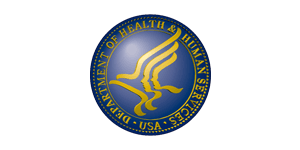Peripheral nerve entrapment in the upper extremity:
Peripheral nerve injury in the upper extremity is common, and certain peripheral nerves are at an increased risk of injury because of their anatomic location. Peripheral nerve injury of the upper extremity commonly occurs in patients who participate in sports or occupational activities with repetitive motions.
What are the symptoms of upper extremity nerve compression?
Symptoms may have an acute or gradual onset and include:
- Pain
- Weakness
- Tingling and numbness
Symptoms may mimic musculoskeletal disorders. Symptoms that are aggravated by repetitive motion may be due to pronator syndrome, carpal tunnel syndrome, cubital tunnel syndrome, or radial tunnel syndrome. Electrophysiologic testing i.e. Electromyography/ Nerve Conduction Velocity test, also known as EMG/NCV would be indicated to confirm the diagnosis.
How to treat peripheral nerve compression?
Surgical decompression of a peripheral nerve if indicated would release the pressure on the nerve and therefore help the nerve to recover from the nerve damage. The nerve fibers recover very slowly and if the nerve damage is severe, they may not recover fully.
Delaying decompression of peripheral nerves may lead to irreversible nerve damage, therefore permanent loss of sensation and/or strength in the upper extremity. Dr. Vossoughi performs endoscopic peripheral nerve release, which is a minimally invasive procedure with a very short recovery time. Make an appointment with Dr. Vossoughi for an evaluation of your symptoms today.










